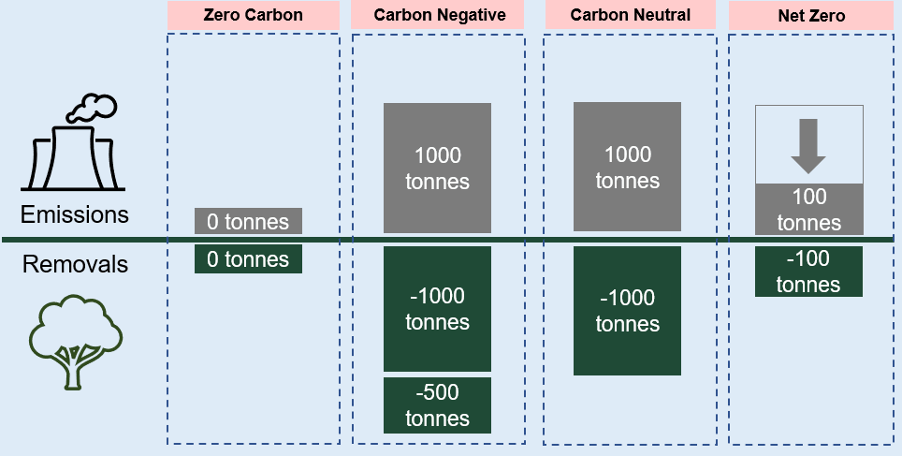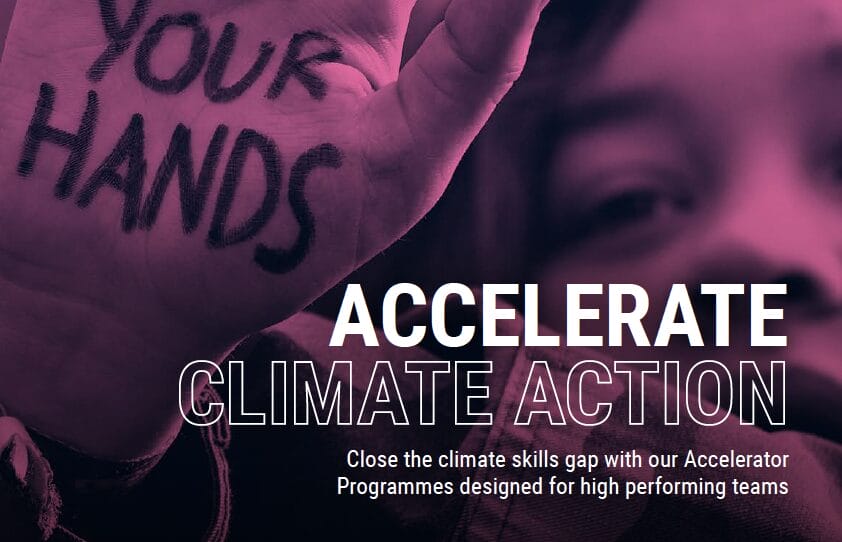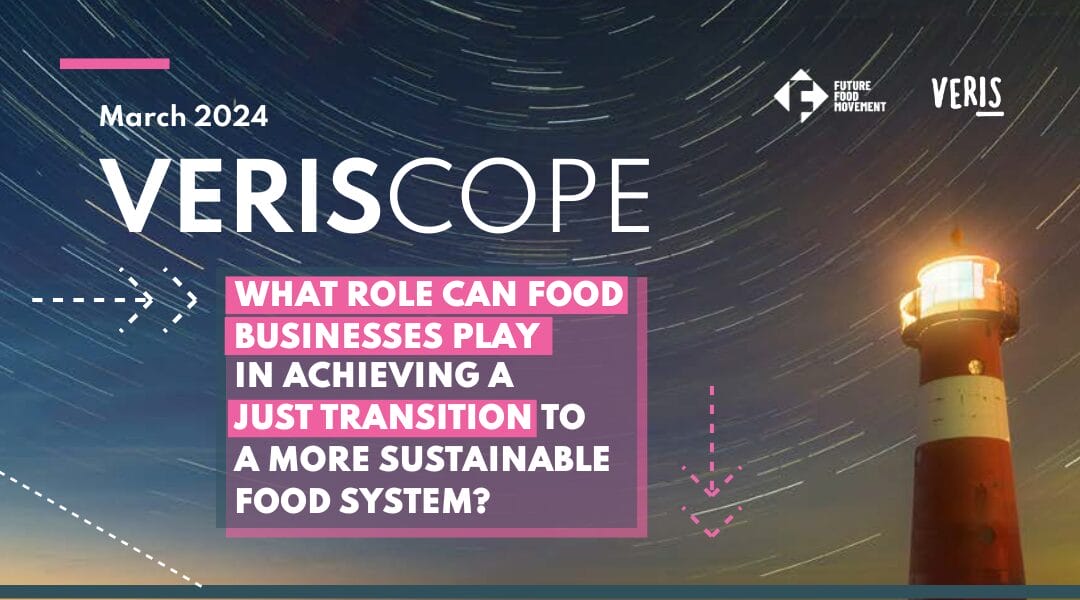With COP26 in Glasgow coming to an end, the need for society to reach Net Zero by mid-century has been made clearer than ever. But what does ‘Net Zero’ actually mean? Here we outline the definition of Net Zero and why it is important for businesses to set a Net Zero target.
What exactly are we trying to get to zero?
Climate change is the biggest challenge humanity will face in the 21st century. The causes of climate change are clear and unanimously agreed upon by the scientific and political communities.
Human industrialisation over the last 150 years has caused billions of tonnes of greenhouse gases to be emitted into the Earth’s atmosphere. This has enhanced the Earth’s natural greenhouse effect, leading to increased global temperatures. The bottom line is that too many emissions and too much heat can lead to catastrophic outcomes, mainly in the form of more extreme weather more of the time. Greenhouse gas emissions need to be reduced to as close to zero as possible.
What is Net Zero?
To ‘go Net Zero’ is to reduce greenhouse gas emissions, mainly carbon dioxide, and to ensure that any residual emissions are balanced by processes that remove them.
Imagine a bath tub; when you turn on the tap, water is added and when you pull out the plug, water drains out. We can think similarly about Net Zero; we need to turn down the tap on emissions first, and then drain or remove GHGs out of the tub by pulling out the plug.
The ‘Net’ in Net Zero is an important distinction. As well as widespread reductions in emissions, the scale and scope of removing carbon already in the atmosphere needs to increase.
Why is Net Zero Important?
Under the 2015 Paris Agreement (a legally binding international treaty on climate change), 197 countries set out a global framework to avoid the dangerous impacts of climate change by limiting global warming to well below 2°C and ideally 1.5°C.
The Intergovernmental Panel on Climate Change (IPCC) found that to limit warming to 1.5°C, global net anthropogenic emissions of carbon dioxide need to fall by about 45% by 2030 compared to 2010 levels, and reach Net Zero emissions (around a 90% reduction) around 2050. Many businesses and countries have set ambitious targets that hit Net Zero before this date.

Climate Jargon Explainer:
Net zero?
Carbon neutral?
Carbon negative?
Climate positive?
What do they all mean, and how are they different?
Almost every business on the planet generates emissions within its operations and across its supply chain. The first step is to measure these emissions and subsequently reduce emissions as much as possible.
Businesses can then invest beyond their own value chains into global offsets. Offsets reduce emissions elsewhere in the world to compensate for the organisations GHG emissions.
By offsetting all other emissions that the operation produces, businesses can claim to be carbon neutral.
By offsetting all emissions and then some more, businesses can claim to be carbon negative or climate positive.
Businesses can claim to be Net Zero when all emissions from the operation are directly removed or reduced as much as possible before offsetting the more stubborn emissions – like shipping and aviation industry emissions.

Net Zero in the Food and Agriculture Industry:
Farming accounts for roughly 10% of the UK’s greenhouse gas emissions, making this sector a key player in achieving Net Zero emissions whist ensuring that our food supply is protected.
Emissions can be reduced through changes in technology, farming practices and dietary habits. Consumer diet behaviour changes will be a big challenge, however simple changes like cutting food waste is seen as a highly economic and feasible.
On one hand, agriculture provides a challenge to reaching Net Zero. But on the contrary, land use and resources provide an opportunity to improve land quality. Diversification of land uses such as aquatic ecosystems, afforestation, natural grasslands and restored peatlands not only boost factors such as bio-diversity and soil restoration, but also contribute to net carbon absorption over time.
The decisions made today need to be robust and effective to reach Net Zero emissions globally and to limit global warming to 1.5°C. In addition, the commitments must be sustainable for future generations and promote restoration and improvement for the earth’s fragile environment.
If you want to know more about Net Zero or any other climate topic. Sign up to become to the Ally Community to get access to articles, masterclasses, expert huddles, podcasts and more.
Don’t get left behind become an Ally for Change today.













